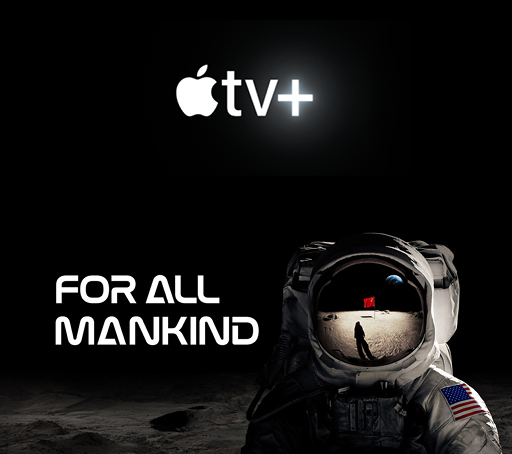Then, in 1990 Microsoft released Windows 3.0 and two years later, the improved version called Windows 3.1. The operating systems were far easier to use than MS-DOS. But they were also inelegant and awkward, kludgy, crashed far too often and at times were head-scratchingly confusing to use. But they were good enough to replace MS-DOS as the standard for PCs, and they cemented Microsoft’s worldwide monopoly over operating systems.
They might not have been pretty, easy-to-use or reliable, but they accomplished their primary purpose: printing cash by the billions for Microsoft.
Microsoft aims for its next target, businesses
By the late 1980s, it was clear the PC revolution that had begun in the 1970s for hobbyists had gone big-time in the business world. Microsoft went after the market with a vengeance, launching Office in 1990. It included not just a software suite (Word, Excel and PowerPoint), but server software as well. Gates swept away the competition with shark-like tactics, some of which were found to violate antitrust laws.
Read the full article here










